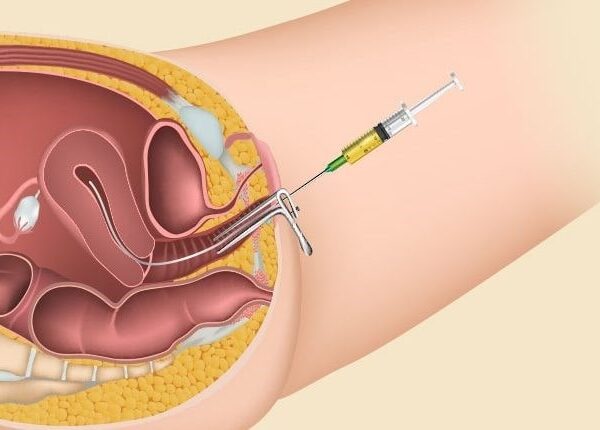The dynamic between healthcare providers and their patients has evolved considerably throughout the years. The way in which medical professionals interact with their patients has changed considerably throughout the course of medical history. To better understand present habits and future trends, it is helpful to understand this evolution.
Technology and Its Impact on Contemporary Dialogue
Changes in the way doctors and patients communicate have been greatly facilitated by technological advancements. There has been a dramatic shift in the doctor-patient dynamic with the introduction of telemedicine, electronic health records (EHRs), and telephones. Better and more accessible communication is now a reality thanks to these technological advancements. Remote patient monitoring, timely counsel, and full health records are now within the reach of doctors.
Medical Records Stored Digitally
In terms of documentation and information sharing, EHRs have revolutionized the medical field. Since these electronic records give a complete and current picture of a patient’s health status, they improve communication. Additionally, electronic health records (EHRs) help healthcare providers work together by giving everyone engaged in a patient’s treatment access to the same data.
The Intersection between Social Media and Health
The use of social media has also divided the audience between patients and doctors. By interacting with patients outside of the typical office setting, doctors can disseminate health information, support public health programs, and more. The platform’s capacity for real-time communication and wider outreach helps to cultivate a more informed and connected patient community.
Problems with Contemporary Doctor-Patient Interaction Communications
The connection between doctors and patients still faces a number of obstacles, even with the help of new technologies. There is a risk that encounters will become less personal due to the increased use of digital tools. Integrating human-centered communication with technological efficiency is a delicate balancing act for doctors. Equally important in this digital era is the need to protect the confidentiality of patient data.
Reasons Why Empathy and Emotional Intelligence Are Crucial
Communicating effectively between a doctor and patient requires emotional intelligence and empathy. In order to help their patients emotionally, doctors should listen carefully, demonstrate empathy, and address their concerns. Having a doctor who can empathize with their patient improves the doctor-patient interaction, which in turn benefits the patient. Training programs now place equal emphasis on honing these abilities as they do on clinical knowledge.
Alternative Realities: Virtual and Augmented
The medical field is seeing the rise of VR and AR as powerful new tools. Virtual consultations, surgical planning, and patient education are all possible with their help. Through the use of visual and interactive experiences, these immersive technologies can improve communication, allowing patients to better comprehend intricate medical information.
In summary
A shift in the way doctors and patients talk to one another is indicative of larger societal and medical shifts. The evolution of healthcare from top-down models to bottom-up has been influenced by new technologies and our growing comprehension of human interactions. In today’s healthcare system, good communication is seen as essential. A combination of technical know-how, empathy, cultural sensitivity, and clinical knowledge is necessary. Incorporating cutting-edge innovation like AR, VR, and wearables into this dynamic is sure to change things up much more in the future. Still, mutual respect, comprehension, and the pursuit of better health for the patient will forever be the bedrock of doctor-patient communication.





